‘What would you do if you saw Picasso walking in front of you down Piccadilly?’ Sir Alfred Munnings asked Winston Churchill. ‘I would kick him up the arse, Alf.’
The anecdote, apparent evidence that the Royal Academy president was not just pally with the ex-PM and amateur painter, but a kindred spirit, went down a treat with guests at an RA dinner in 1949.
Churchill, however, was not best pleased, writing to Munnings afterwards: ‘I … heard with surprise your statement that we were walking up the street together when I spoke to you about kicking Picasso if we met him. I do not think we have ever walked up a street together, and anyhow this is not the sort of statement that should be attributed to me. I know you speak on the impulse of the moment, but I protest nonetheless against these utterances.’
It would have been ‘quite out of character’ for Churchill to say such a thing about Picasso, according to his daughter, Mary Soames, who relates the tale in her book, Churchill: His Life as Painter (1990). ‘He was both modest about his own work and respectful of that of others, whether famous or obscure, and whether he admired it or not.’
Did Andrew Marr read Mary Soames’ book before making his documentary, Winston Churchill: Blood, Sweat and Oil Paint (BBC 4)? If so, he either skipped that chapter or decided the anecdote was too good to pass up, as he related it uncritically. It was a jarring note in a programme that otherwise tried to argue that Churchill took art, and artists, very seriously indeed.
This is proved, said Marr, by his friendships with painters, among them William Orpen and William Nicholson. He was a real fanboy, hanging around their studios and inviting them for tea. Walter Sickert taught Churchill how to use a magic lantern to project a photograph onto a canvas.
Marr, of course, was explaining all this while having a go with a magic lantern himself. It is obligatory for all documentaries these days to be as much about the presenter as the subject, and this was no exception.
Since his stroke a couple of years ago, Marr has become an advocate for amateur art, especially drawing, as a physically and mentally therapeutic pastime. It is a noble crusade, but it resulted in a documentary that, while engaging, wasn’t quite as interesting as it might have been.
Churchill came to painting late, at the age of 40. Neatly for pop psychologists, this coincided with his resignation from the government after the disaster of Gallipoli in 1915. His first painting is a very dark self-portrait, a pale sliver of a man against an oily black backdrop.
He continued to paint after he went up to serve on the Western Front, producing four pictures during a lull in the fighting. Plug Street (Ploegseert, Belgium) (1916) shows a village being shelled in Flanders. Marr resisted making a comparison at this point with the 20th century’s other famous artist-cum-politician, who was sketching in an enemy trench in Mesen, just 10 miles away from where his future nemesis was posted.
After the war, Churchill discovered Impressionism, post-Impressionism and the South of France, where he would paint many of his 500 paintings. This was nice for Andrew Marr, who got to spend a pleasant afternoon drawing on the banks of the river Loup. Marr then tried oil painting in Morocco, another favourite holiday destination of Churchill. In 1943, he took President Roosevelt there on a soft diplomacy mission, sending him away with a painting of the tower of the Koutoubia Mosque, which is now owned by Brad Pitt and Angelina Jolie.
Last year Sotheby’s held a sale of Churchill’s paintings, including a murky study of the goldfish pool at Chartwell, which sold for nearly £2m. This is ‘widely considered’ to be his best, Marr told us, although by whom we’re not sure, as he neglected to interview any art critics or historians, bar David Coombs, who catalogued Churchill’s paintings in the 1960s.
It was left to the viewers to decide whether the art was any good. Andrew Marr, perhaps wisely, didn’t see it as his role to draw that sort of conclusion. This was a programme about art as therapy, art as a way to ‘stop you blowing your brains out’ and shoot the black dog instead.
‘Andrew Marr on Churchill: Blood, Sweat and Oil Paint’ aired on 17 August on BBC 4.





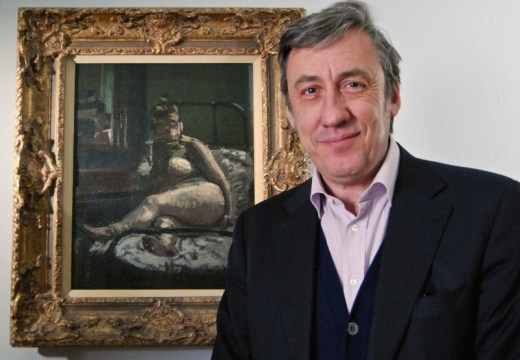




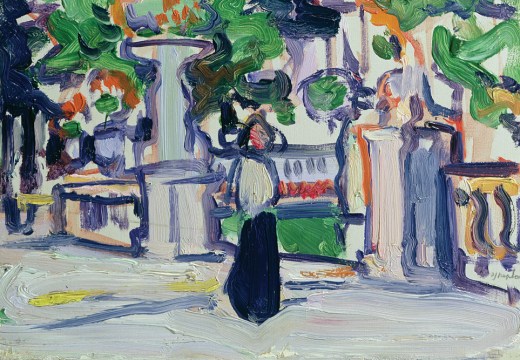
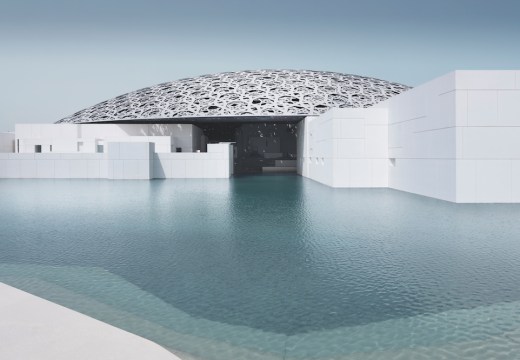
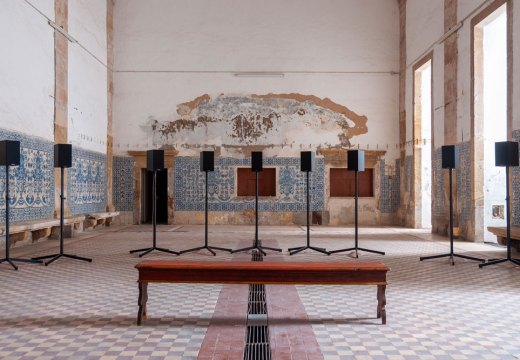
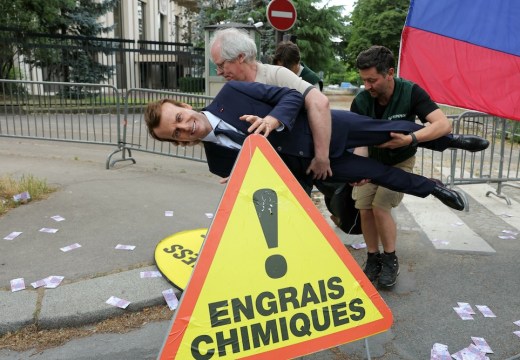
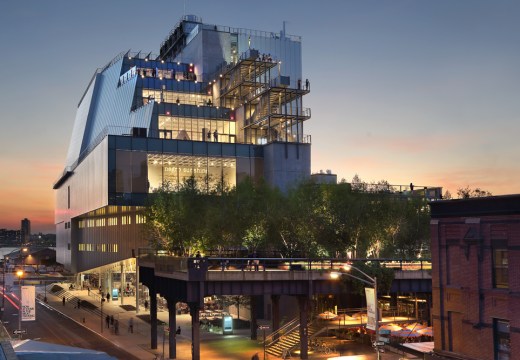
![Masterpiece [Re]discovery 2022. Photo: Ben Fisher Photography, courtesy of Masterpiece London](https://apollo-magazine.com/wp-content/uploads/2022/07/MPL2022_4263.jpg)
‘A revolutionary flame burned bright within him’: David Bindman (1940–2025)